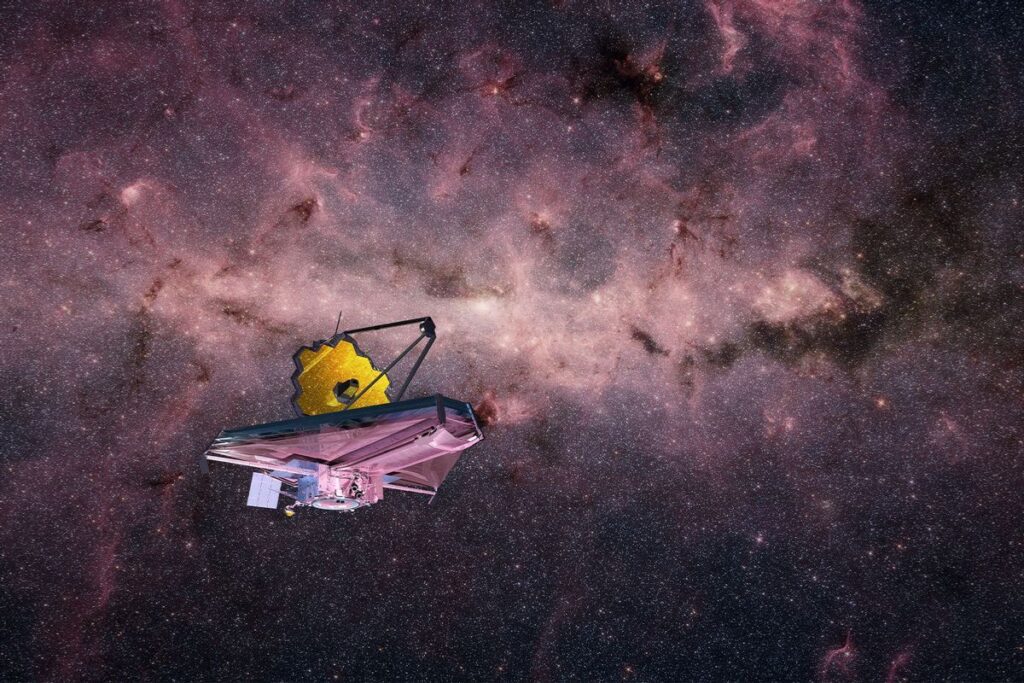The James Webb Space Telescope (JWST) made a significant breakthrough by achieving the first direct observation of carbon dioxide (CO2) in an exoplanet’s atmosphere, specifically in the HR 8799 system located 130 light-years from Earth. The findings, published by NASA on March 17, 2025, utilized a novel Direct Imaging method, contrasting the traditional transit method that detects exoplanets by monitoring light variations from their host stars. The JWST’s coronagraph instruments allowed astronomers to block out star light and directly observe the emissions from the planet, thereby obtaining key chemical signatures of CO2.
Despite the inhospitable environments of the HR 8799 system’s gas giants for life, the detection of CO2 has implications for understanding their formation, suggesting they may have formed similarly to Jupiter and Saturn. Researchers are also considering the potential of the moons orbiting these gas giants as candidates for hosting life, akin to the icy moons of Jupiter that might harbor subsurface oceans.
This discovery marks a crucial advancement in exoplanet studies and sets the stage for future explorations focused on smaller, Earth-like planets. Subsequently, NASA’s Nancy Gray Sloman Space Telescope, equipped with a coronagraph, is planned for launch in 2027 to investigate these terrestrial candidates in greater detail.
Source link


